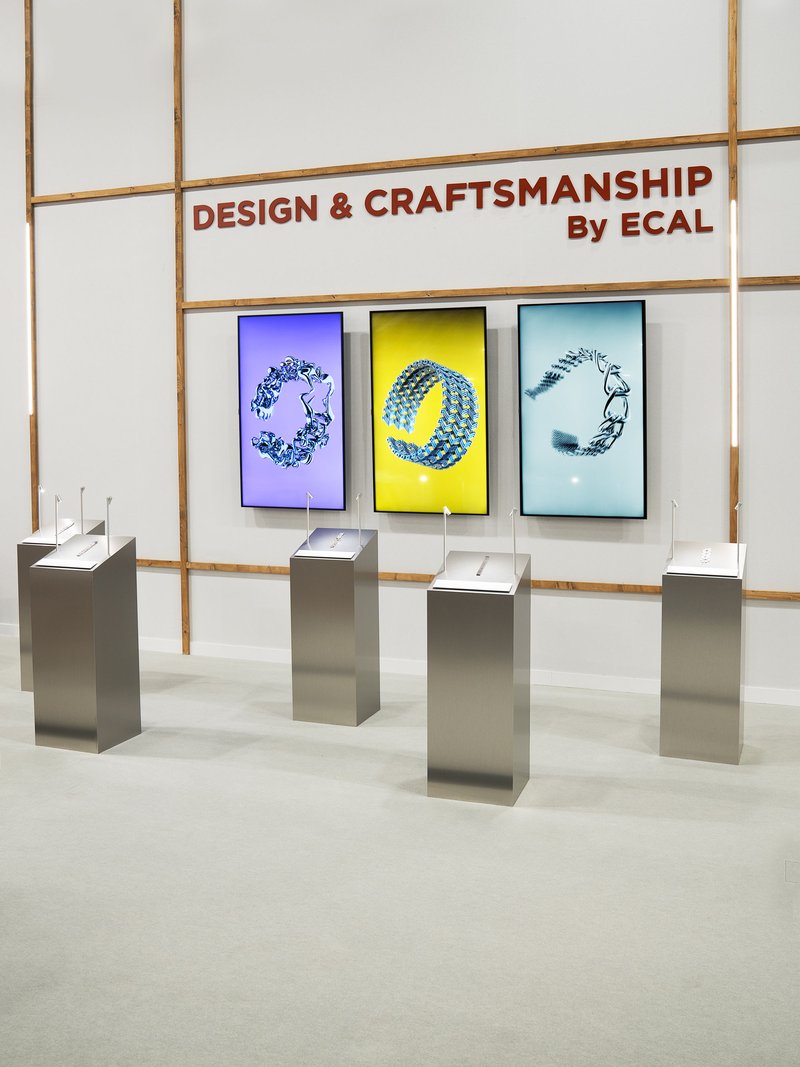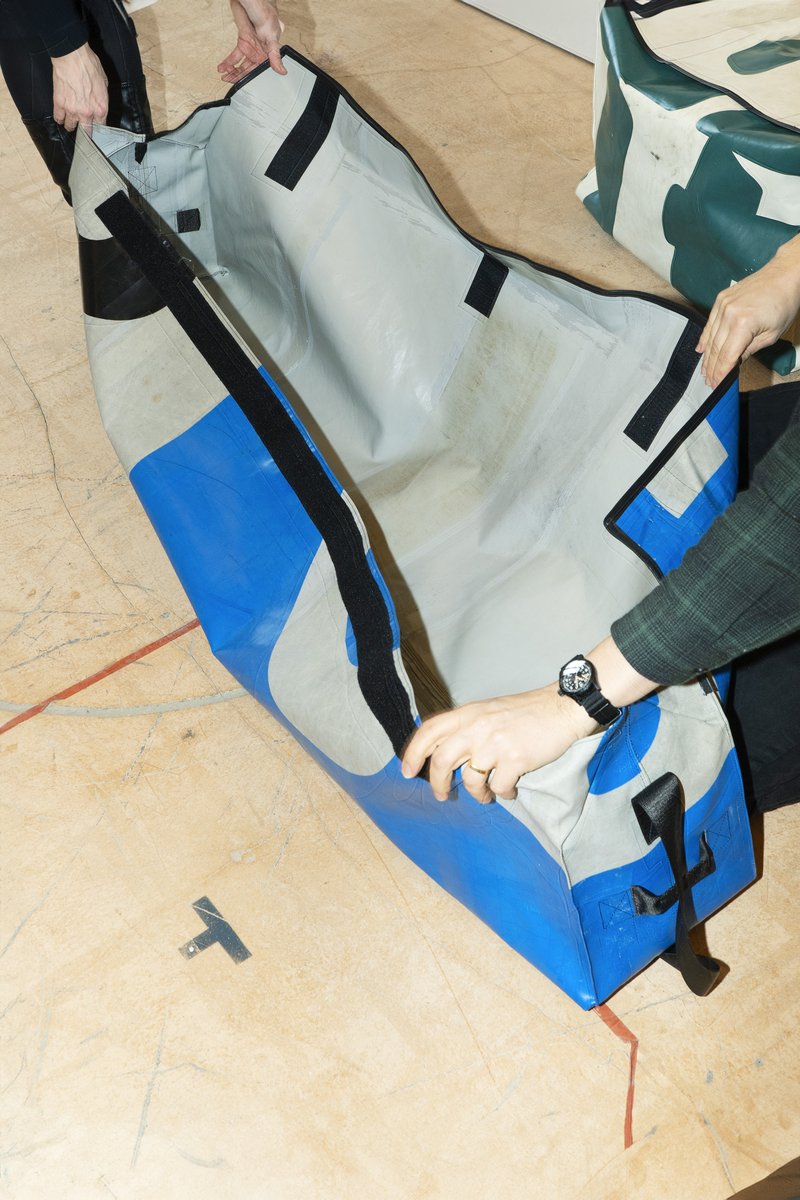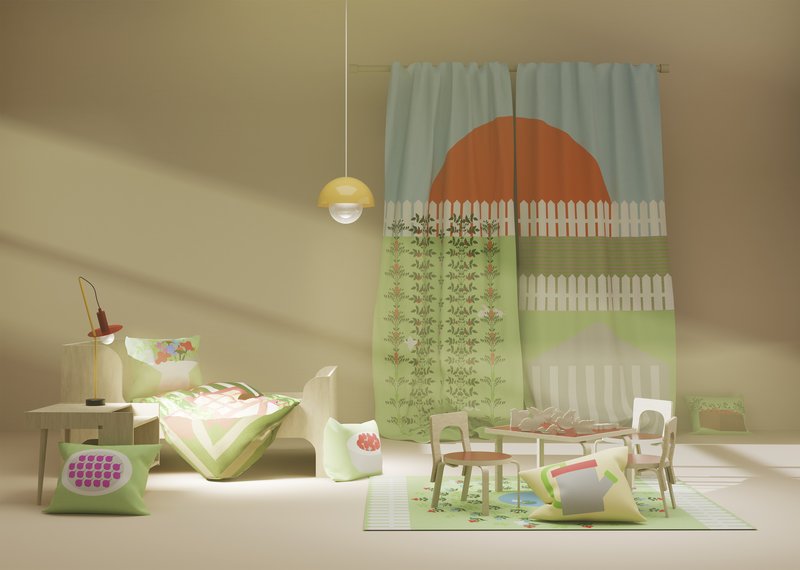
BA INDUSTRIAL DESIGN
Robin Luginbühl – Disassembly Lab
with Stéphane Halmaï-Voisard, Christian Spiess, Carolien Niebling
The Disassembly Lab is a conceptual and formal study aimed at creating shoes integrated into a sustainable marketing system. Disassembly extends the life of a shoe, making it repairable, restorable, replaceable and recyclable. The aim is to rethink and redefine the way we build and assemble sneakers. This research takes inspiration from various references and explores several distinct concepts. Each concept evolves over the course of the research process, culminating in three shoes, offering a variety of functional and aesthetic solutions. These shoes, with their TPU soles and 3D knitted uppers, are reduced to the essentials, enabling simple, rapid production and assembly and easy recyclability.







